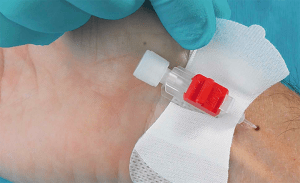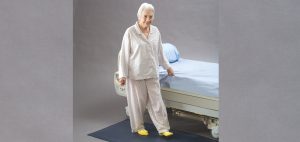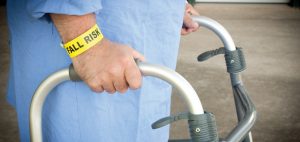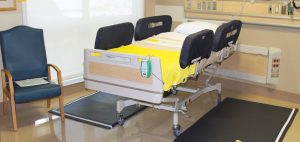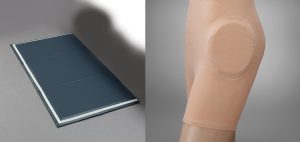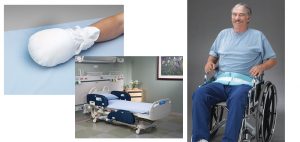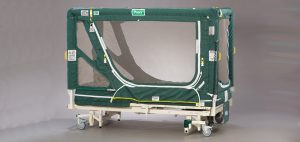Proper primary and secondary securement can reduce complications, increase patient comfort, and save money.
Takeaways:
- Millions of peripheral IVs and central venous catheters are inserted every year.
- Securement choices include several types of tape, transparent dressings, sutures, engineered securement devices (ESDs), subcutaneous ESDs, and medical cyanoacrylate tissue adhesives.
- Decisions related to securement should be considered equally as important as the choice of the catheter itself.
